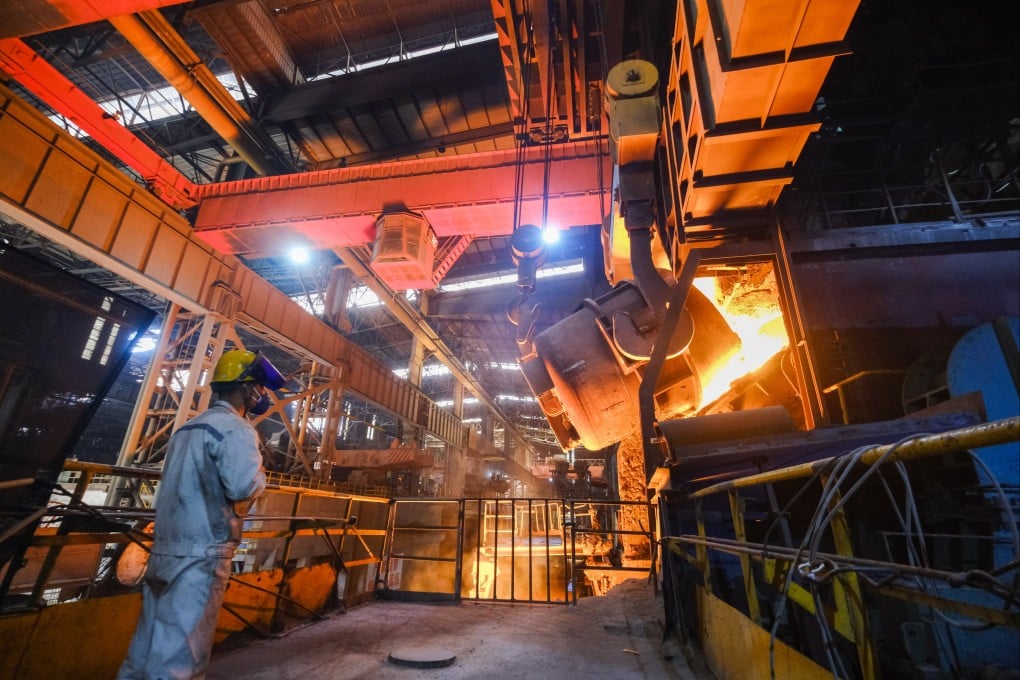China’s steel sector invests US$100 billion in coal-fired plants despite overcapacity, carbon promises: climate research
- Provincial governments have approved a massive amount of new emissions-intensive steel plants, says a climate think tank’s report
- Higher costs and a lack of regulations make steel firms reluctant to invest in a cleaner steel-production method, according to CREA

China’s steel sector has invested around US$100 billion in new coal-based iron and steel capacity since 2021, despite overcapacity, low profitability and China’s commitments to reduce carbon emissions, according to a climate think tank.
Steel firms received approvals from provincial governments to build a massive amount of new coal-based capacity between 2021 and the first half of 2023, including 119.8 million tonnes per annum (Mtpa) of blast furnaces (BFs) and 76.6 Mtpa of basic-oxygen furnaces (BOFs), according to a report released by the Helsinki-based Centre for Research on Energy and Clean Air (CREA) on Tuesday.
By the time these plants are fully operational around 2025, their carbon emissions will be roughly equal to the entire emissions of the Netherlands, which emitted over 140 million tonnes of greenhouse gases in 2021, according to CREA.

“China’s crude steel output has declined since 2021 due to output control by the government and the decline in downstream demand,” said the report, by analysts Shen Xinyi and Lauri Myllyvirta. “However, new investments in iron and steelmaking capacity have so far not adjusted to the new reality.
“There is an urgent need to align investments in new production capacity in the steel sector with the goal of peaking and reducing CO2 emissions before 2025.”